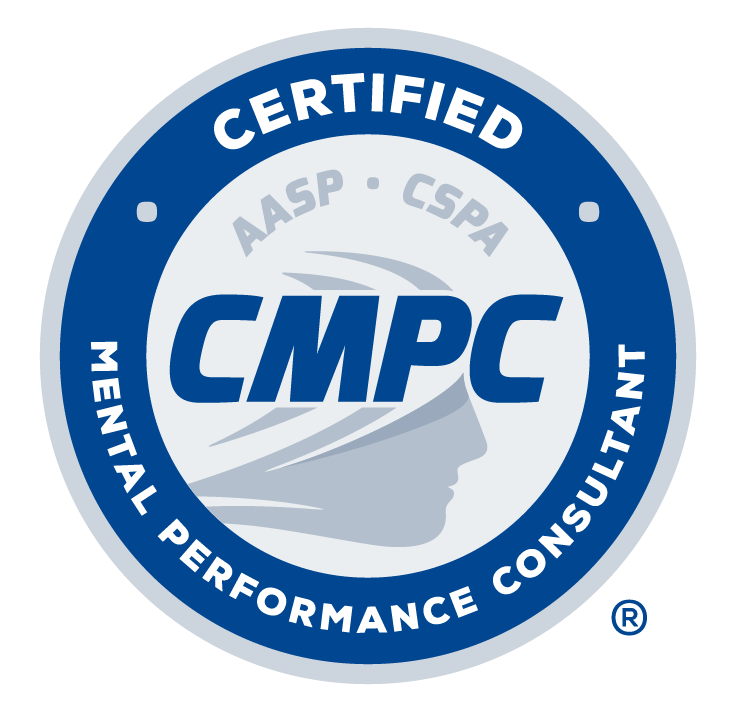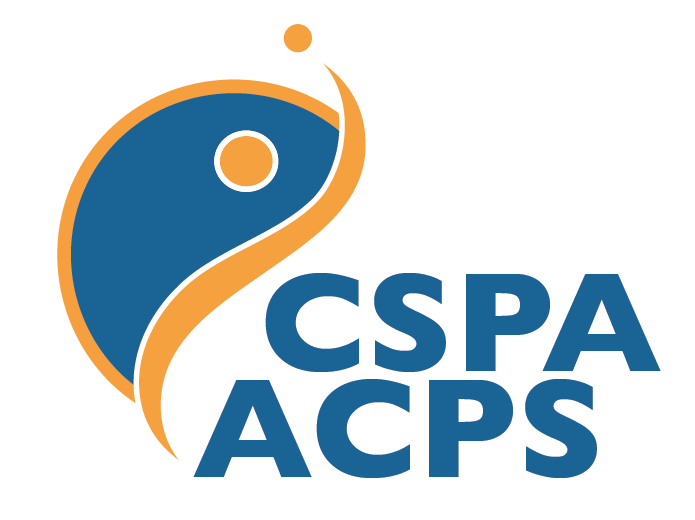AASP Newsletter - January 2021
Diversity Corner: Antiracism and Professional Practice: What, Why, and How?
 |
| Amanda Perkins-Ball |
Amanda Perkins-Ball, PhD, Rice University
What Is Antiracism?
Antiracism does not simply mean not being racist. Dr. Ibram X. Kendi, Director of the Boston University Center for Antiracist Research and author of the book, How to Be an Antiracist, states that “one either allows racial inequities to persevere, as a racist, or confronts inequities, as an antiracist. There is no in-between safe space of ‘not racist.’” Antiracism is the process of actively identifying and opposing multidimensional aspects of racism—structural, institutional, interpersonal, and intrapersonal. The concept of working to change racist systems, practices, and beliefs is not new; however, recent US and global events have given prominence to this topic.
Why Does Antiracism Matter in Sport?
Your athletes and clients cannot wait around for you to become more comfortable with race and racism. Racial stereotypes, ideologies, and incidents are pervasive in sport. Race and racism influence the way sport is accessed and experienced from entry to elite levels of competition. Clients may also be impacted by disparities in education, housing, employment, incarceration, access to quality healthcare, and clean and safe environments because of systemic racism. Simply put, learning the what, why, and how of antiracism will position you to be able to better meet the needs of your Black, Indigenous, and People of Color (BIPOC) clients. Improving self-awareness of these issues can help us change our behavior and ultimately, improve these outcomes.
How Do I Become an Antiracist?
Being antiracist does not require being an expert, but it does require action. Here are five things you can do to be an antiracist:
- Start with critical self-reflection. Reflect upon your own philosophies, systems, and biases by asking yourself three questions: How do I see racism manifested in sport and society? How do I maintain or perpetuate racist ideologies in my daily life and practice? How do I support my BIPOC clients and other clients with marginalized identities?
- Engage with the resources in AASP's Racial Justice Resource List. The resource includes everything from social media accounts to research literature.
- Do more than the minimum. Do not limit yourself to meeting the diversity requirement for CMPC® certification or recertification. Attend workshops, webinars, events, and conferences focusing on race-related issues. AASP hosts several throughout the year.
- Practice active listening. Being antiracist requires stepping out of your comfort zone and having conversations that challenge your worldview. Have intentional conversations with other mental performance consultants, listen to diverse perspectives, and learn with humility.
- Become involved in organizations and initiatives that support racial justice issues. Learn about an organization in your community you can support. Also, you can learn about some of AASPs initiatives focused on diversity and inclusion here.
References
Kendi, I. X. (2019). How to be an antiracist. One World.



